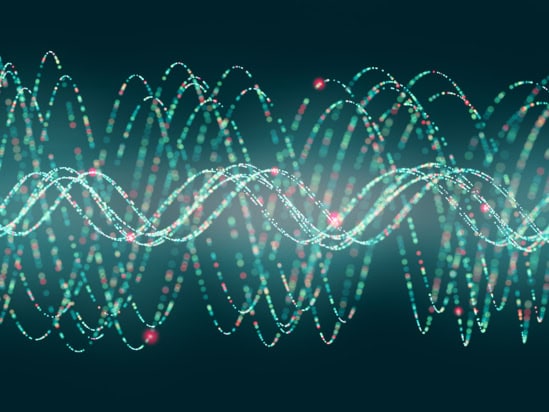

New study reveals how quantum entanglement is transferred in ultrafast photoionisation experiments, offering us insights into how quantum information develops from microscopic to m...
A black phosphorus-based system detects micro-RNA in aqueous humor, enabling safe diagnosis of Primary Central Nervous System Lymphoma
Scientists uncover the role of magnetic fluctuations in the counterintuitive behaviour of this rare plutonium phase
Now open for original research submissions across all aspects of physics and related areas. Find out more today.

Now open for original research submissions across all aspects of the global energy transition. Find out more today.

Researchers have developed a new way to model dephasing in attosecond experiments
 Read article: Studying the role of the quantum environment in attosecond science
Read article: Studying the role of the quantum environment in attosecond science
A team of researchers have developed a new method for characterising quantum properties of large systems using graph theory
 Read article: Characterising quantum many-body states
Read article: Characterising quantum many-body states
A new model shows how programmable DNA strands control interactions between diverse colloidal particles
 Read article: DNA as a molecular architect
Read article: DNA as a molecular architect
Protein evolution plays a key role in many biological processes that are essential for life – but what does it have to do with physics?
 Read article: The link between protein evolution and statistical physics
Read article: The link between protein evolution and statistical physics
A research team from China have proposed a new, experimentally feasible, method to encrypt messages using the principles of quantum mechanics
 Read article: Quantum cryptography in practice
Read article: Quantum cryptography in practice
This research introduces a novel approach to uncovering structural variables in complex systems, reshaping how we model the unpredictable behaviour of the real world
 Read article: Teaching machines to understand complexity
Read article: Teaching machines to understand complexity
The Standard Model of particle physics is a very well-tested theory that describes the fundamental particles and their interactions. However, it does have several key limitations. ...
 Read article: Using AI to find new particles at the LHC
Read article: Using AI to find new particles at the LHC
Using self-testing methods, scientists validate error-correcting codes on photonic and superconducting systems
 Read article: Making quantum computers more reliable
Read article: Making quantum computers more reliable
New research reveals how quantum effects in double-exchange ferromagnets drive unexpected magnetic behaviour
 Read article: Quantum ferromagnets without the usual tricks: a new look at magnetic excitations
Read article: Quantum ferromagnets without the usual tricks: a new look at magnetic excitations
Researchers enhance a 2D ferromagnetic material by layering with a topological insulator to reveal stronger, tuneable behaviour for next-generation quantum devices
 Read article: Interface engineered ferromagnetism
Read article: Interface engineered ferromagnetism
ATLAS researchers have provided compelling evidence for off-shell Higgs boson production with vastly increased confidence
 Read article: Probing the fundamental nature of the Higgs Boson
Read article: Probing the fundamental nature of the Higgs Boson
New research has emerged proposing a way to consistently generate quantum chaos, a key ingredient in controlling quantum systems
 Read article: A recipe for quantum chaos
Read article: A recipe for quantum chaos